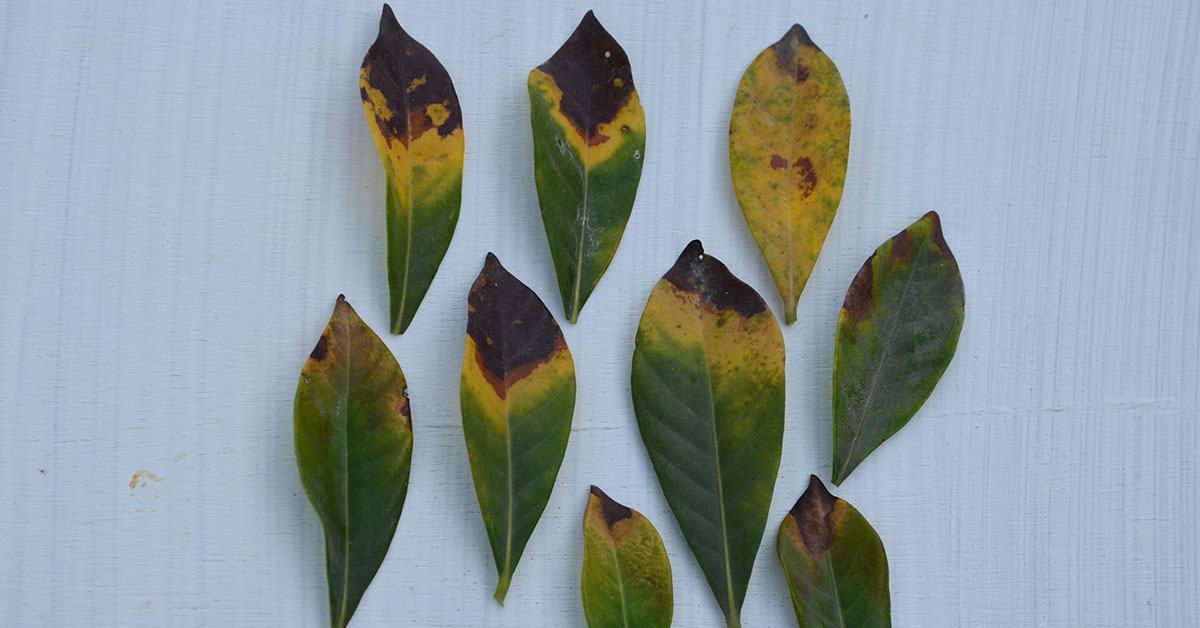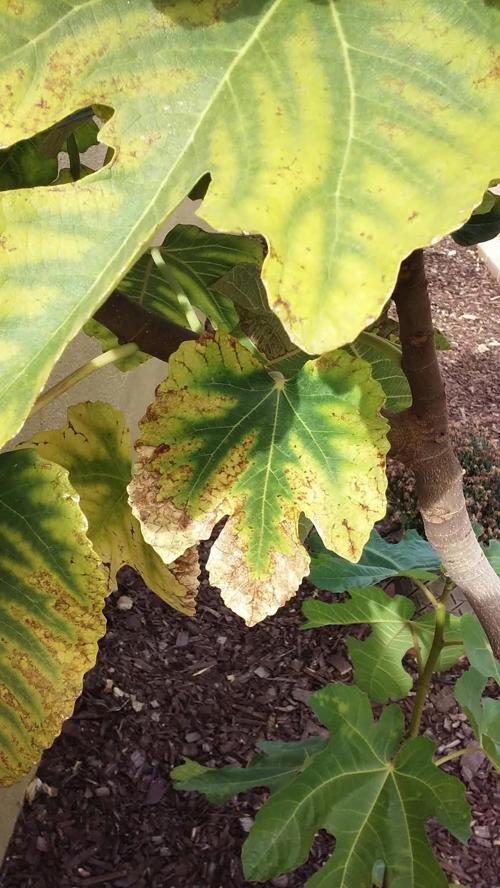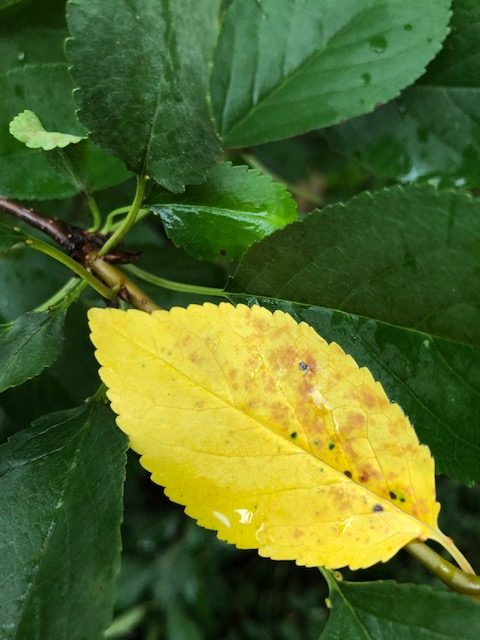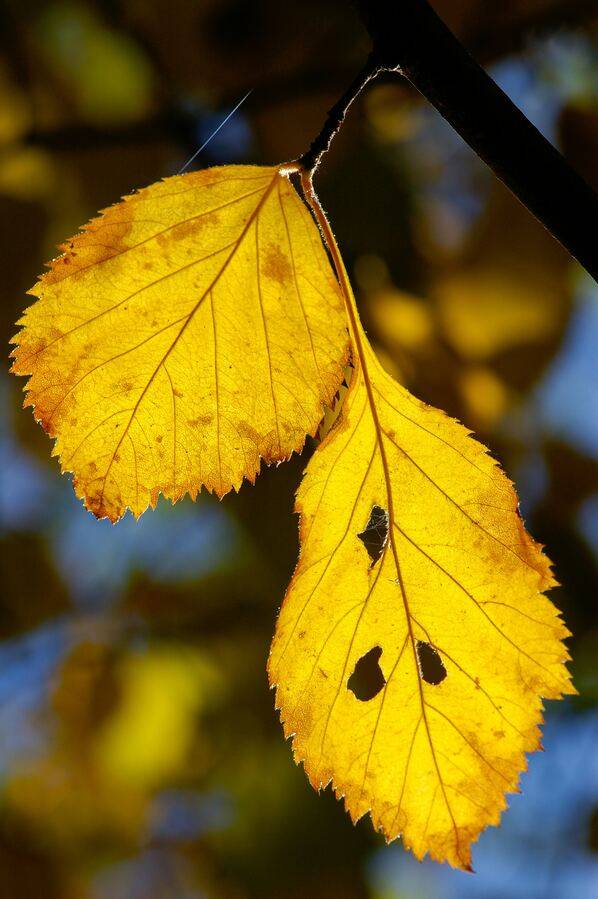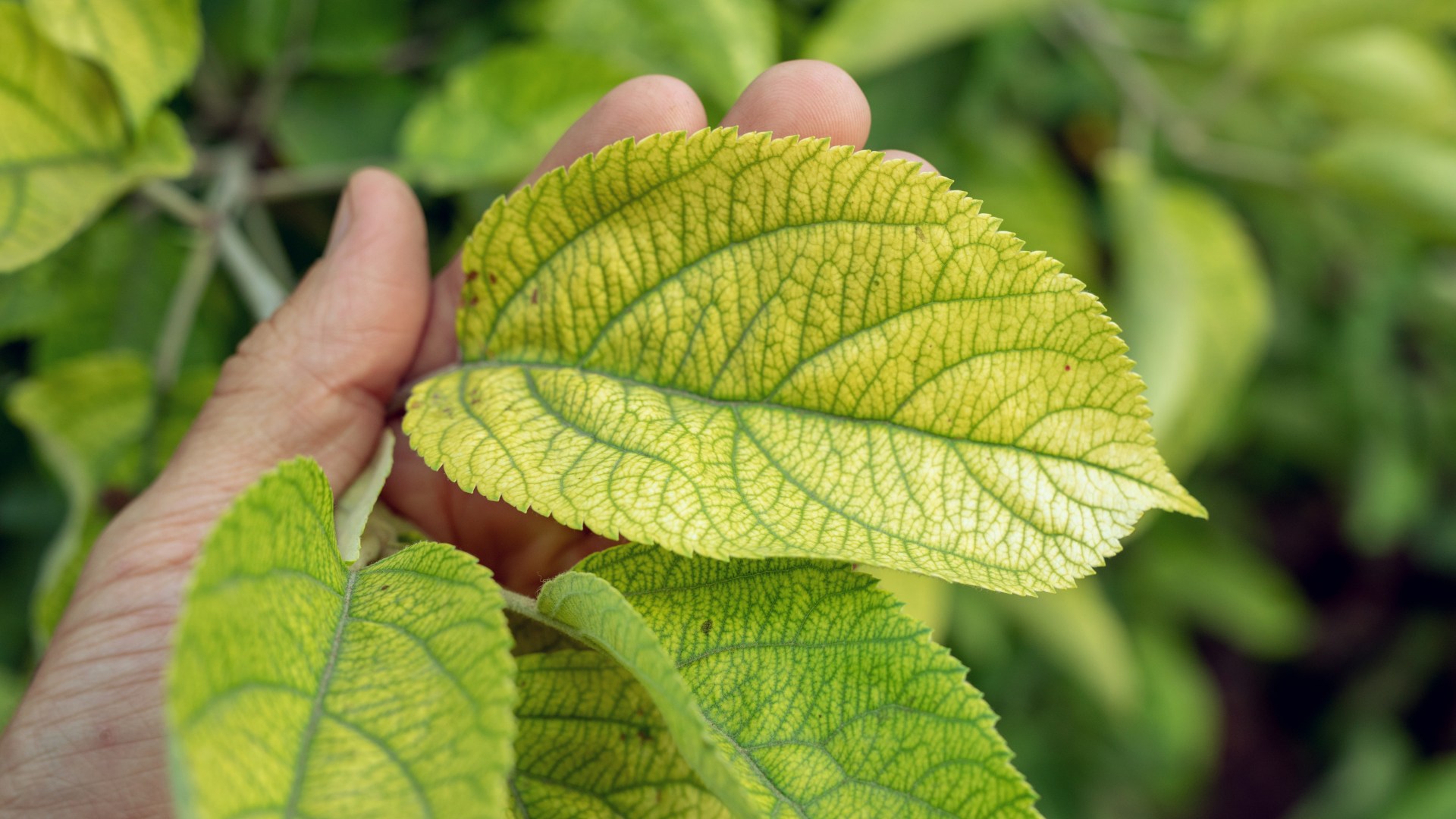What Causes Yellow Leaves on Trees During the Summer Months
As the summer months approach, many tree owners notice a change in the color of their tree’s leaves, with some turning yellow prematurely. This phenomenon can be caused by a variety of factors, including heat stress, drought, and nutrient deficiencies. Heat stress occurs when trees are exposed to high temperatures for an extended period, causing the leaves to become scorched and turn yellow. Drought, on the other hand, can cause trees to drop their leaves as a survival mechanism, leading to a yellowish hue. Nutrient deficiencies, particularly a lack of nitrogen, iron, or magnesium, can also cause yellow leaves on trees.
Some tree species are more prone to yellowing leaves during the summer months than others. For example, oak, maple, and pine trees are often affected by heat stress, while trees like cherry and plum are more susceptible to nutrient deficiencies. Understanding the underlying cause of yellow leaves on your tree is crucial in taking the necessary steps to prevent further damage.
Yellow leaves on trees in summer can also be a sign of a more serious issue, such as a pest or disease infestation. For instance, aphids, spider mites, and scale insects can all cause yellow leaves on trees, while fungal infections like powdery mildew and leaf spot can also lead to yellowing leaves. Regular monitoring of your tree’s health and taking prompt action can help prevent these issues from becoming more severe.
In addition to these factors, environmental conditions like pollution, soil compaction, and root damage can also contribute to yellow leaves on trees. By identifying the underlying cause of yellow leaves on your tree, you can take steps to address the issue and prevent further damage. This may involve adjusting your tree care routine, such as watering and fertilizing, or taking more drastic measures like pruning or pest control.
Overall, yellow leaves on trees in summer can be a sign of a variety of issues, from heat stress and drought to nutrient deficiencies and pest infestations. By understanding the underlying cause of yellow leaves on your tree, you can take the necessary steps to prevent further damage and keep your tree healthy and thriving.
How to Identify the Underlying Cause of Yellow Leaves on Your Tree
Identifying the underlying cause of yellow leaves on your tree is crucial in taking the necessary steps to prevent further damage. To determine the cause, start by examining the tree’s environment. Check the tree’s location and surrounding conditions, including the soil, sunlight, and temperature. Look for any signs of stress, such as cracks in the trunk or branches, or signs of pests or diseases, such as holes in the leaves or white powdery patches.
Next, inspect the leaves themselves. Check for any signs of pests, such as aphids, spider mites, or scale insects. Look for any signs of disease, such as fungal infections or bacterial spotting. Check the color and texture of the leaves, and look for any signs of nutrient deficiencies, such as yellowing or curling.
Another important factor to consider is the tree’s watering schedule. Check to see if the tree is receiving enough water, and if the soil is moist but not waterlogged. Also, check the tree’s fertilization schedule, and make sure it is receiving the necessary nutrients.
In addition to these factors, it’s also important to consider the tree’s history. Has the tree been recently pruned or transplanted? Has it been exposed to any extreme weather conditions, such as drought or flooding? By considering these factors, you can get a better understanding of what may be causing the yellow leaves on your tree.
Some common signs of underlying causes of yellow leaves on trees include:
- Pests: holes in leaves, white powdery patches, or actual pests on the leaves
- Diseases: fungal infections, bacterial spotting, or other signs of disease
- Nutrient deficiencies: yellowing or curling of leaves, or stunted growth
- Environmental stress: cracks in the trunk or branches, or signs of drought or flooding
By identifying the underlying cause of yellow leaves on your tree, you can take the necessary steps to prevent further damage and keep your tree healthy and thriving.
The Role of Soil Quality in Preventing Yellow Leaves on Trees
Soil quality plays a crucial role in maintaining healthy trees and preventing yellow leaves. Trees need a well-balanced diet of nutrients to thrive, and soil provides the necessary foundation for this. However, soil can become depleted of essential nutrients over time, leading to yellow leaves on trees.
To prevent yellow leaves on trees, it’s essential to test the soil pH and nutrient levels regularly. This can be done using a soil testing kit or by sending a sample to a laboratory for analysis. Based on the results, you can adjust the soil pH and nutrient levels to create an optimal environment for your trees.
Some common soil amendments that can help prevent yellow leaves on trees include:
- Compost: adds organic matter and nutrients to the soil
- Fertilizers: provides essential nutrients like nitrogen, phosphorus, and potassium
- Lime: raises the soil pH to create a more alkaline environment
- Sulfur: lowers the soil pH to create a more acidic environment
It’s also important to note that different tree species have different soil requirements. For example, some trees prefer acidic soil, while others prefer alkaline soil. By understanding the specific needs of your trees, you can create a soil environment that promotes healthy growth and prevents yellow leaves.
In addition to soil amendments, proper irrigation management is also crucial in preventing yellow leaves on trees. Overwatering or underwatering can cause stress to the tree, leading to yellow leaves. By monitoring the soil moisture levels and adjusting the irrigation schedule accordingly, you can help prevent yellow leaves on your trees.
Some common signs of soil-related issues that can cause yellow leaves on trees include:
- Soil compaction: can prevent roots from absorbing nutrients and water
- Soil erosion: can lead to nutrient deficiencies and poor soil structure
- Soil salinization: can cause an overabundance of salts in the soil, leading to yellow leaves
By addressing these soil-related issues and creating a well-balanced soil environment, you can help prevent yellow leaves on your trees and promote healthy growth.
How to Care for Trees with Yellow Leaves: A Step-by-Step Guide
Caring for trees with yellow leaves requires a thoughtful and multi-step approach. By following these steps, you can help your tree recover from yellow leaves and prevent further damage.
Step 1: Adjust Watering Schedules
Yellow leaves can be a sign of overwatering or underwatering. Check the soil moisture levels and adjust the watering schedule accordingly. Make sure to water your tree deeply but infrequently to encourage deep root growth.
Step 2: Prune Affected Branches
Prune any branches that are severely affected by yellow leaves. This will help prevent the spread of disease and encourage healthy growth. Make clean cuts just above a growth node, and disinfect your pruning tools between cuts.
Step 3: Apply Pest or Disease Treatments
If you suspect that pests or diseases are causing the yellow leaves, apply the necessary treatments. Use organic or integrated pest management (IPM) methods whenever possible to minimize harm to beneficial insects and the environment.
Step 4: Fertilize
Fertilize your tree with a balanced, slow-release fertilizer. This will provide essential nutrients for healthy growth and help your tree recover from yellow leaves.
Step 5: Mulch
Mulch around the base of your tree to retain moisture, suppress weeds, and regulate soil temperature. Keep the mulch layer thin (2-3 inches) and avoid piling it against the trunk.
Step 6: Monitor and Maintain
Regularly monitor your tree’s health and maintain a consistent care routine. This includes regular pruning, fertilizing, and pest management.
Some common mistakes to avoid when caring for trees with yellow leaves include:
- Overwatering or underwatering
- Pruning too much or too little
- Using harsh chemicals or pesticides
- Ignoring soil quality and nutrient deficiencies
By following these steps and avoiding common mistakes, you can help your tree recover from yellow leaves and maintain optimal health.
Common Pests and Diseases that Cause Yellow Leaves on Trees
Yellow leaves on trees can be caused by a variety of pests and diseases. Some common culprits include:
Aphids: These small, soft-bodied insects feed on the sap of trees, causing curled or distorted leaves. Aphids can also transmit plant viruses, which can lead to yellow leaves.
Spider Mites: These tiny, spider-like insects feed on the sap of trees, causing yellow leaves and fine webbing on the leaves and stems.
Fungal Infections: Fungal infections, such as powdery mildew and leaf spot, can cause yellow leaves on trees. These infections can be spread by wind, water, or insects.
Bacterial Leaf Scorch: This bacterial disease causes yellow leaves and scorched leaf margins. It is often spread by insects and can be exacerbated by drought and heat stress.
Root Rot: Root rot is a fungal disease that causes the roots of trees to rot, leading to yellow leaves and tree decline. It is often caused by overwatering or poor drainage.
To manage these pests and diseases, it’s essential to:
- Inspect your trees regularly for signs of pests or diseases
- Use organic or integrated pest management (IPM) methods to control infestations
- Practice good tree hygiene, including pruning and disinfecting tools
- Water trees properly, avoiding overwatering and underwatering
- Provide trees with proper nutrients and fertilization
Some common signs of pest or disease infestations that can cause yellow leaves on trees include:
- White, cottony patches on leaves or stems (powdery mildew)
- Small, moving dots on leaves or stems (aphids or spider mites)
- Yellow or brown leaves with black spots (fungal infections)
- Scorched leaf margins (bacterial leaf scorch)
- Soft, mushy roots (root rot)
By being aware of these common pests and diseases, you can take steps to prevent and manage infestations, reducing the risk of yellow leaves on your trees.
Preventing Yellow Leaves on Trees: Tips for Tree Maintenance
Preventing yellow leaves on trees requires a combination of good tree maintenance practices and a understanding of the underlying causes of yellow leaves. By following these tips, you can help keep your trees healthy and prevent yellow leaves:
Regular Pruning: Regular pruning can help prevent yellow leaves by removing diseased or damaged branches, promoting healthy growth, and improving air circulation. Prune your trees annually, or as needed, to maintain their shape and promote healthy growth.
Mulching: Mulching around the base of your trees can help retain moisture, suppress weeds, and regulate soil temperature. Use a layer of organic mulch, such as wood chips or bark, to keep the soil cool and moist.
Irrigation Management: Proper irrigation is essential for preventing yellow leaves on trees. Water your trees deeply but infrequently to encourage deep root growth, and avoid overwatering, which can lead to root rot and other problems.
Fertilization: Fertilizing your trees regularly can help provide them with the nutrients they need to stay healthy and prevent yellow leaves. Use a balanced fertilizer, and follow the instructions on the label for application rates and timing.
Pest and Disease Management: Regularly inspect your trees for signs of pests or diseases, and take action promptly if you notice any problems. Use organic or integrated pest management (IPM) methods to control infestations, and avoid using harsh chemicals, which can harm the environment and human health.
Soil Care: Soil care is essential for preventing yellow leaves on trees. Test your soil regularly to determine its pH and nutrient levels, and amend it as needed to provide your trees with the nutrients they need to stay healthy.
Some common mistakes to avoid when maintaining trees to prevent yellow leaves include:
- Overwatering or underwatering
- Pruning too much or too little
- Using harsh chemicals or pesticides
- Ignoring soil quality and nutrient deficiencies
By following these tips and avoiding common mistakes, you can help keep your trees healthy and prevent yellow leaves.
Tree Species that are More Resistant to Yellow Leaves in Summer
While many tree species can be susceptible to yellow leaves in the summer, some are more resistant than others. Here are some tree species that are known to be more resistant to yellow leaves during the summer months:
Drought-Tolerant Tree Species:
- Live Oak (Quercus virginiana)
- Red Maple (Acer rubrum)
- Pin Oak (Quercus palustris)
- White Oak (Quercus alba)
Heat-Resistant Tree Species:
- Desert Willow (Chilopsis linearis)
- Mexican Buckeye (Ungnadia speciosa)
- Texas Redbud (Cercis canadensis var. texensis)
- Western Redbud (Cercis occidentalis)
Other Tree Species that are Resistant to Yellow Leaves:
- Black Gum (Nyssa sylvatica)
- River Birch (Betula nana)
- Swamp White Oak (Quercus bicolor)
- Tulip Poplar (Liriodendron tulipifera)
These tree species are not immune to yellow leaves, but they are generally more resistant than other species. However, it’s still important to provide proper care and maintenance to keep them healthy and thriving.
Some common characteristics of tree species that are resistant to yellow leaves include:
- Deep root systems
- Thick, waxy leaves
- Small leaves or needles
- Slow growth rates
By choosing tree species that are resistant to yellow leaves, you can reduce the risk of yellow leaves on your trees and keep them healthy and thriving throughout the summer months.
Conclusion: Taking Action to Prevent Yellow Leaves on Your Trees
In conclusion, yellow leaves on trees in summer can be a sign of underlying issues that need to be addressed. By understanding the common causes of yellow leaves, identifying the underlying cause, and taking action to prevent them, you can help keep your trees healthy and thriving.
Remember, prevention is key. By providing proper care and maintenance, including regular pruning, mulching, and irrigation management, you can reduce the risk of yellow leaves on your trees.
Additionally, choosing tree species that are more resistant to yellow leaves, such as drought-tolerant and heat-resistant varieties, can also help prevent yellow leaves.
By taking action to prevent yellow leaves on your trees, you can help maintain their health and beauty, and ensure they continue to thrive for years to come.
So, take the first step today and start implementing the tips and strategies outlined in this article. Your trees will thank you!


